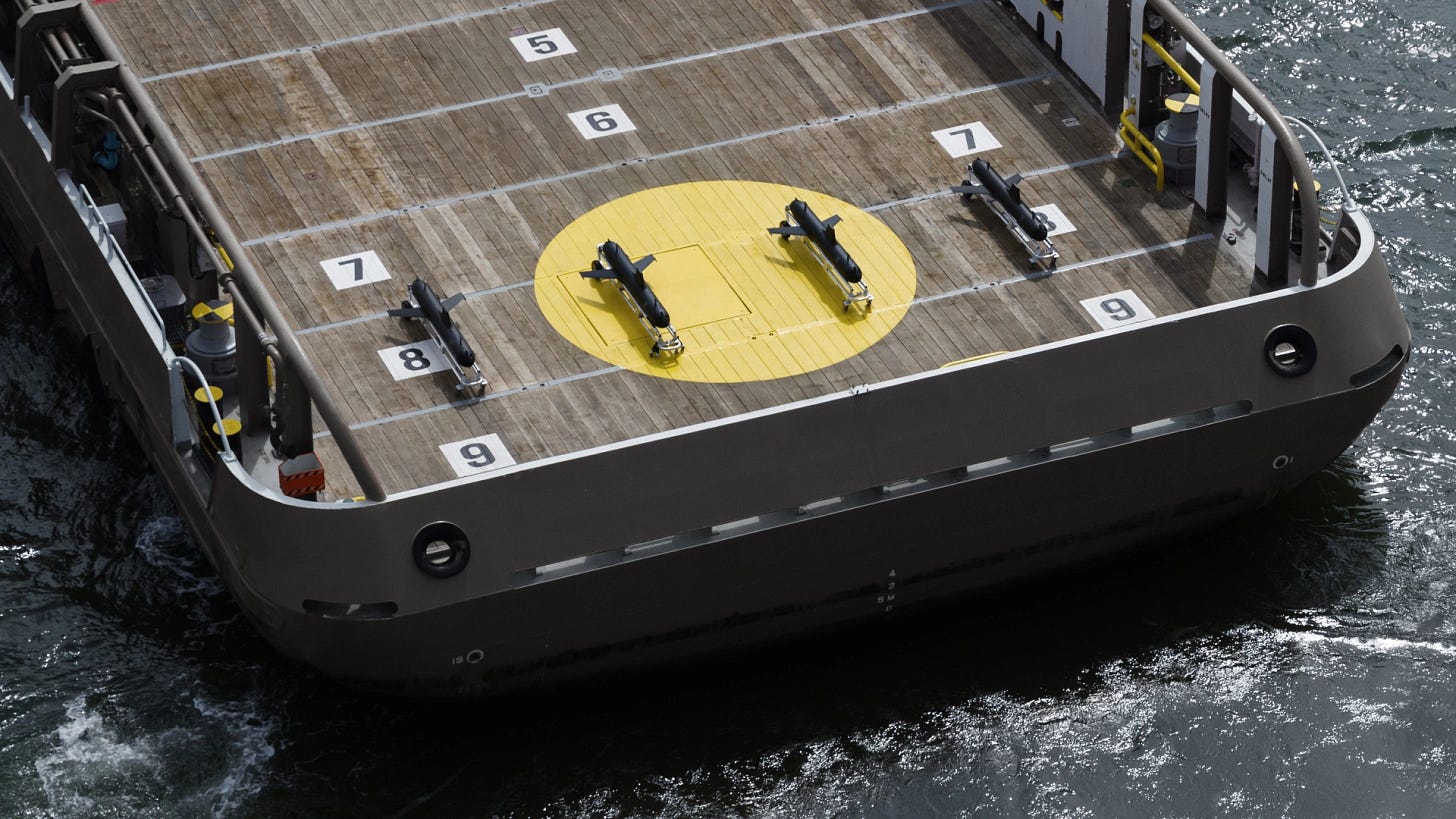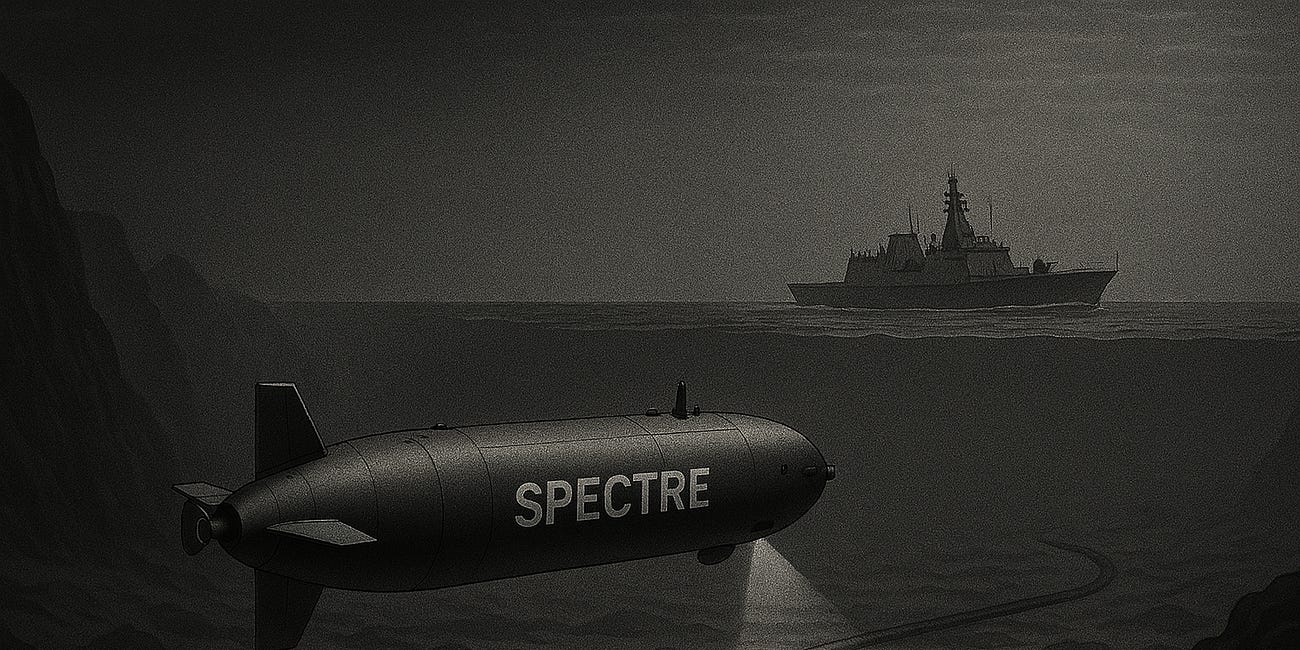Ghosts of the Deep
The UK's New Glider Fleet Signals a Seabed Strategy
A Strategic Shift Beneath the Surface
Recently, the Ministry of Defence and DSTL confirmed a significant evolution in the UK's maritime security posture: the Royal Navy will field hundreds of domestically built, AI-powered underwater gliders to safeguard the nation's critical seabed infrastructure.
For the first time, the UK is investing in an autonomous, scalable underwater surveillance network—designed not just to observe, but to deter. In doing so, the government is signalling a clear intent to contest and secure the deep.
Underwater Gliders: Silent Sentinels
Developed by UK firm Planet Ocean, these gliders are uncrewed autonomous vehicles that glide through the ocean by altering buoyancy rather than relying on propulsion systems. This method of movement grants them extraordinary endurance, low acoustic signatures, and minimal detectability.
Though unarmed, these platforms excel in persistence. Operating autonomously for months at a time, they carry acoustic and environmental sensors capable of detecting anomalies near key subsea assets such as fibre-optic cables and energy pipelines. Their onboard AI enables dynamic route planning and behavioural adaptation—attributes essential for wide-area, covert operations in increasingly contested undersea environments.
The Strategic Context
Recent events have brought renewed urgency to the protection of undersea infrastructure:
Sabotage incidents in the Shetlands and Baltic Sea have exposed vulnerabilities.
Russia's GUGI fleet has increased its activity in proximity to Western seabed networks.
The UK's 2025 Strategic Defence Review identified the seabed as a critical operating domain.
Against this backdrop, the underwater glider programme represents a pragmatic, scalable and sovereign response to persistent grey-zone threats. However, it is not a complete solution.
Project Spectre: Completing the Picture
Earlier this year, I introduced
Project Spectre—a proposal for a UK-licensed adaptation of the Australian Ghost Shark, designed to provide the Royal Navy with an autonomous, multi-role XLUUV (extra-large uncrewed underwater vehicle).
While gliders are ideally suited to passive sensing and long-duration monitoring, they cannot act. Spectre fills that gap.
Capable of operating at depths of up to 6,000 metres and remaining submerged for 10 days, Spectre would be equipped to investigate, deter, and—if required—engage. It offers modular payload options including advanced sonar, loitering munitions, and sensor packages. Integrated into a network alongside gliders, Spectre forms the active deterrent arm of a truly layered undersea defence strategy.
Next Steps: From Surveillance to Sovereignty
The underwater glider initiative is a strategic milestone. It confirms that:
Seabed defence is now a UK defence priority.
Our domestic industry is capable of delivering advanced maritime autonomy.
The Royal Navy is transitioning from experimental trials to operational deployment.
To ensure this capability delivers credible deterrence, the UK should:
Launch a Spectre Pathfinder Programme to integrate AI-enabled response vehicles with the new glider network.
Establish a Seabed Warfare Task Group within the Royal Navy's Future Autonomous Force.
Expand coverage to protect NATO-aligned infrastructure and cable routes across the GIUK Gap and Indo-Pacific.
Conclusion: Holding the Depths
This is the most significant step the UK has taken toward securing the seabed in decades. However, to truly control this domain, awareness must be matched with presence, and detection must be followed by response.
Project Spectre is a covert, capable, and compatible response to allied networks. The underwater battlespace is a real, active, and evolving environment. Britain has begun to watch. Now, it must be ready to act.



